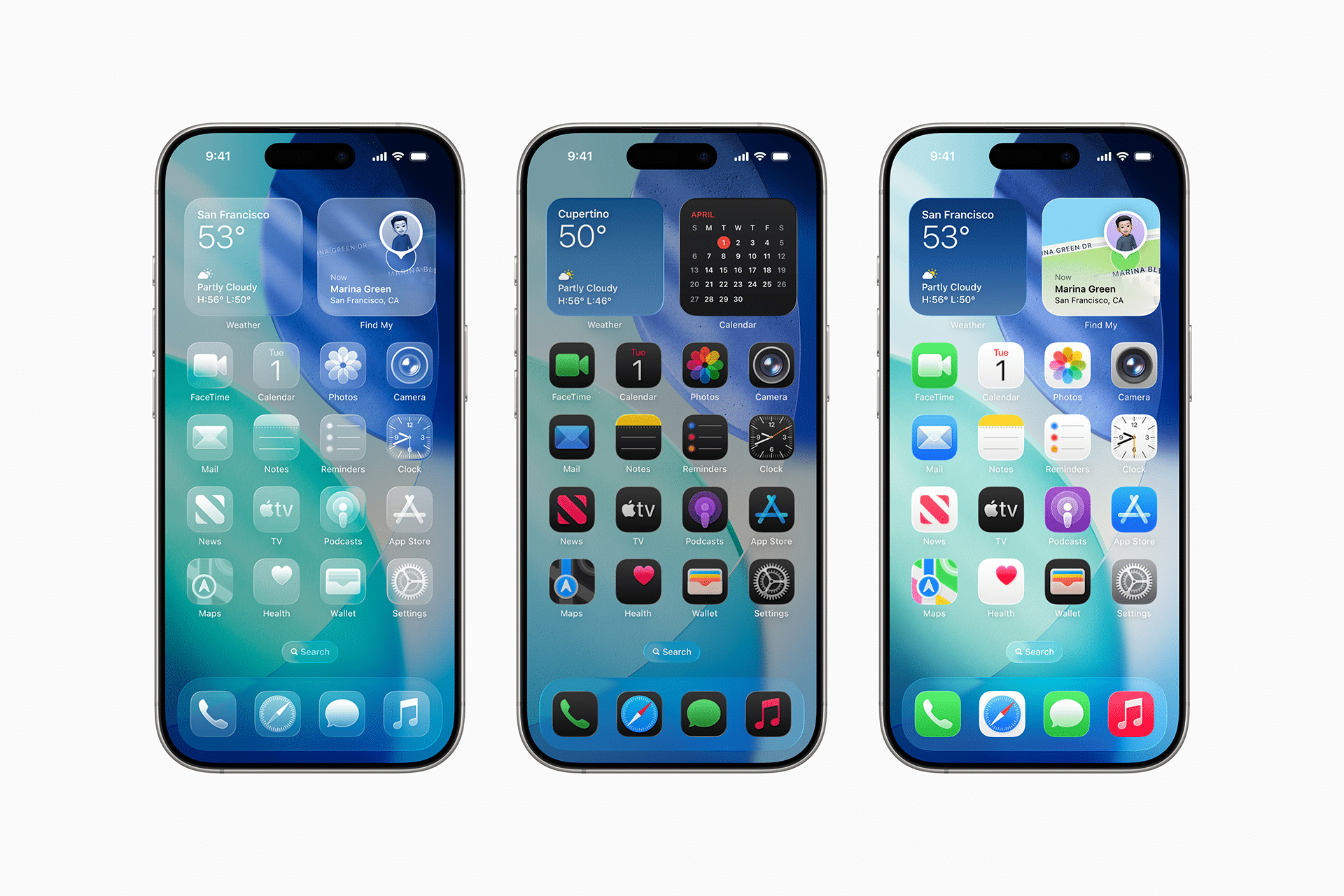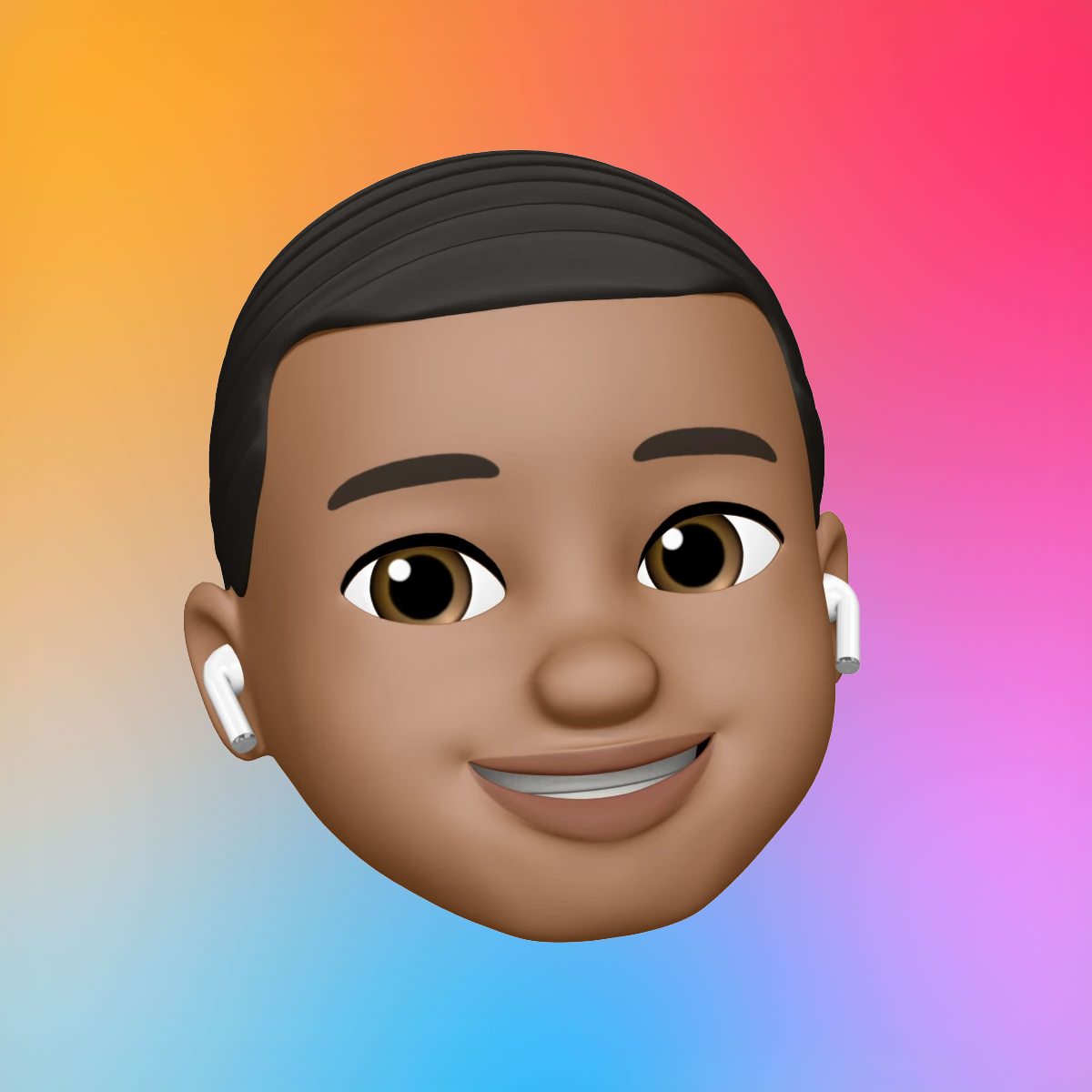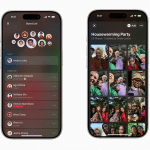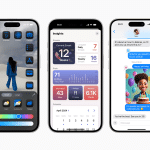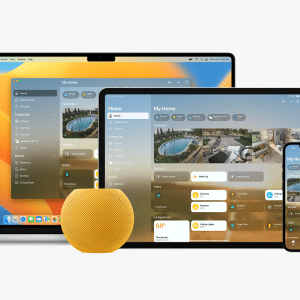Apple’s latest iPhone software release, iOS 26.1, addresses 56 security vulnerabilities spanning multiple system components, making it one of the most comprehensive maintenance updates of the year. The patches target flaws found in WebKit, Safari, Kernel, and other frameworks that could allow attackers to execute malicious code or bypass security restrictions.
According to Apple’s official security notes, several of the patched vulnerabilities had been actively exploited before the update, underscoring the urgency for users to install it promptly. The update is available for all compatible iPhone models and arrives alongside iPadOS 26.1, which carries the same core fixes.
Focus on WebKit and Core OS Security
A large portion of the fixes address WebKit, the engine that powers Safari and many third-party browsers on iOS. Some of the vulnerabilities could have allowed arbitrary code execution through crafted web content. Apple credited independent researchers and security teams for multiple discoveries that led to the improvements.
Kernel-level fixes are also included to prevent privilege escalation and memory corruption issues that could compromise the operating system’s integrity. Other patches cover ImageIO, Neural Engine, and Bluetooth modules, further strengthening device-level security.
Stability and Performance Enhancements
Beyond security, iOS 26.1 delivers small but notable stability updates. Users have reported smoother animations, fewer background crashes, and improved app responsiveness following installation. The update also includes refinements to iCloud syncing behavior and notification reliability.
Apple typically reserves major feature rollouts for point releases, but the scale of iOS 26.1’s maintenance changes indicates a strong emphasis on long-term reliability and protection against emerging threats.
Compatibility and Installation
The update supports all devices that previously ran iOS 26, including models as far back as the iPhone 12. Apple recommends installing it through Settings > General > Software Update or using Finder on macOS. Users with automatic updates enabled should receive it within the week.
Security experts continue to urge prompt adoption of iOS 26.1 due to the number and severity of vulnerabilities it resolves. Apple’s documentation lists fixes for components ranging from system fonts to SiriKit APIs, reflecting the company’s broader effort to harden the platform against evolving attack methods.
A Parallel Update for iPad
Alongside iOS 26.1, Apple has issued the same security fixes under iPadOS 26.1. Both updates share the same build number and patch set, ensuring consistency across Apple’s mobile devices.
The rollout follows a series of smaller Rapid Security Response updates released earlier in the year, which addressed specific zero-day vulnerabilities. iOS 26.1 consolidates many of those earlier fixes into a single, stable release.
Apple’s updated support document detailing the vulnerabilities is available on its official security page, offering technical summaries for users and researchers who wish to review the full list of patched components.


